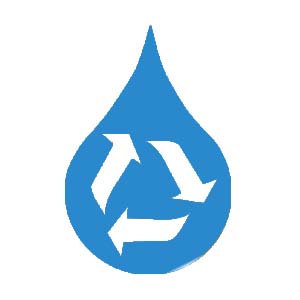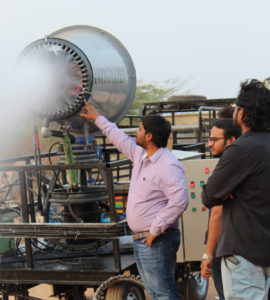Waste water treatment system
Wastewater treatment is a process used to remove contaminants from wastewater or sewage and convert it into an effluent that can be returned to the water cycle with acceptable impact on the environment, or reused for various purposes (called water reclamation). The treatment process takes place in a wastewater treatment plant (WWTP), also referred to as a Water Resource Recovery Facility (WRRF) or a Sewage Treatment Plant (STP) in the case of domestic wastewater. Pollutants in wastewater are removed, converted or broken down during the treatment process.
The treatment of wastewater is part of the overarching field of sanitation. Sanitation also includes the management of human waste and solid waste as well as stormwater (drainage) management. Basically there are 4 types of Waste water treatment systems.
1. Effluent Treatment Plants (ETP)
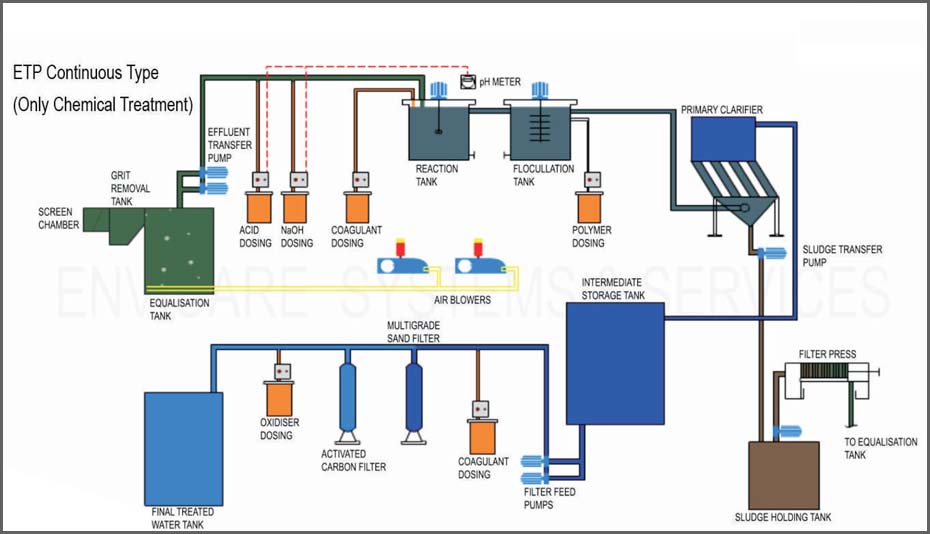
It is used by the leading companies in chemical and pharmaceutical industries. Such companies use the treatment method to purify water and remove non-toxic and toxic chemicals. ETPs help in environmental protection. ETP is where the treatment of wastewater and industrial effluents is done. In the manufacturing of drugs, there is bound to contaminants and effluents. Treatment plants become a necessity to remove the non-toxic materials, pollution, dirt, debris, polymers, and grit from the drugs. The ETP plant use drying and evaporation methods in effluent treatment. Effluent treatment is also essential in getting rid of any pollution. Wastewater treatment systems are installed to help reduce the chances of pollution.
2. Sewage Treatment Plants (STP)
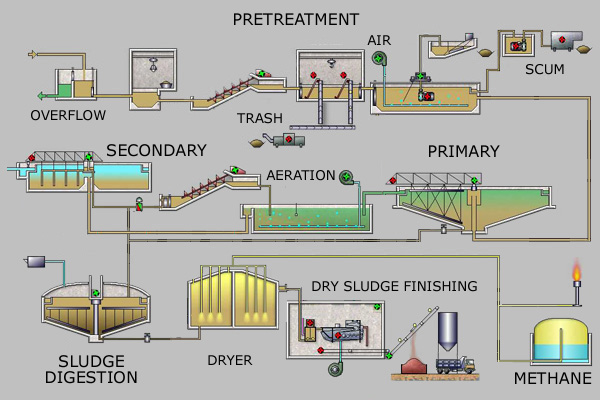
Domestic wastewater treatment refers to a process whereby any contaminants are removed from household sewage. The process uses chemical, physical, and biological processes in removing the biological and physical contaminants. It helps produce a waste stream that is suitable for reuse in the environment. Pre-treatment methods assist in removing the materials that are collected from the raw wastewater. The sewage water is strained, and it removes any objects in the sewage stream. The result is clean water that can be used for other purposes around the house or in business premises.
3. Common and Combined Effluent Treatment Plants (CETP)
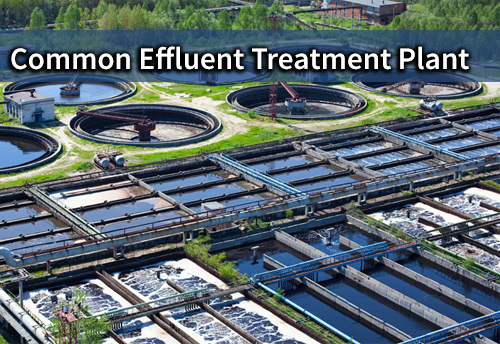
The small-scale industries are not able to have treatment systems, and thus they can use the CETP. The CETP is placed where there are small-scale industrial units. The primary aim of the CETP is to reduce the treatment cost for the individual small industries. The common and combined effluent treatment plants will help small-scale industries to do wastewater treatment without spending a lot of money.
4. Activated Sludge Plant (ASP)
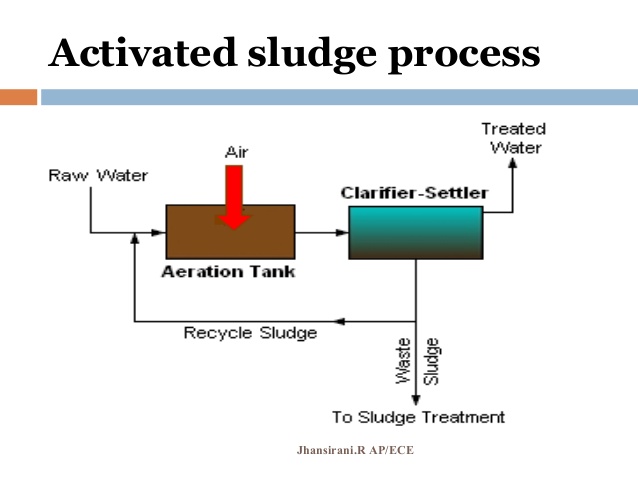
ASP is also another method used in sewage water treatment, an example of the activated sludge plant treatment plant includes conder Asp, WPL diamond vortex, biopure, crystal eco, biodigester, and bison. Choosing the most appropriate one is essential. The treatment plant has to be maintained accordingly to prolong its life. Regular maintenance will also ensure that the water treatment plant performs properly.
It is necessary to keep water safe by using the appropriate wastewater treatment process. Treating wastewater will not only reduce the number of deaths but will also protect the environment. Therefore, choosing one of the wastewater treatment companies will help keep the home safe.
Integ Group
Offering you a complete choice of products which include effluent water treatment plant, DM water treatment plant, SS RO plant, industrial reverse osmosis plant and sewage water treatment plant.


